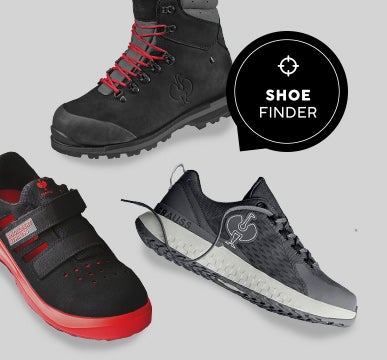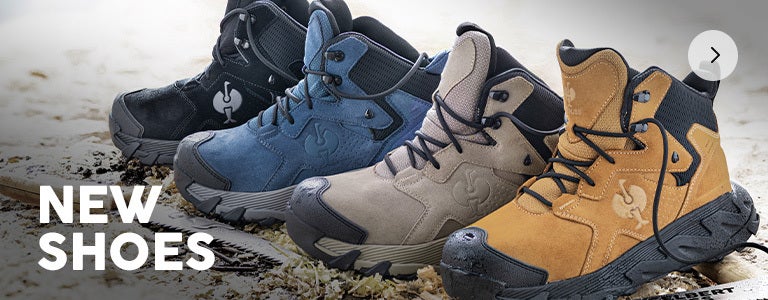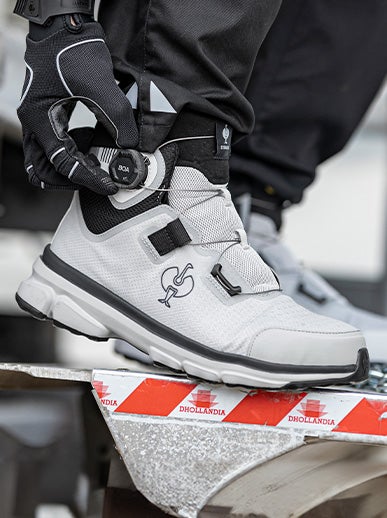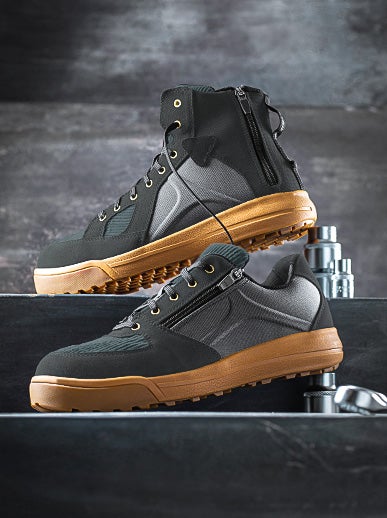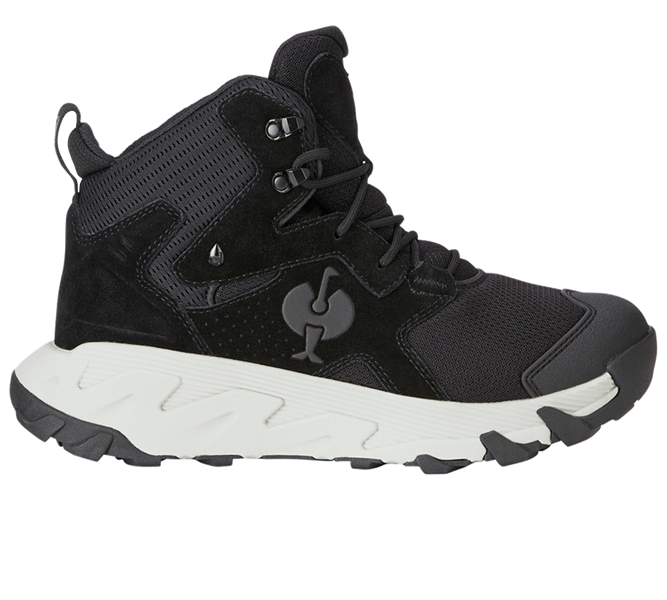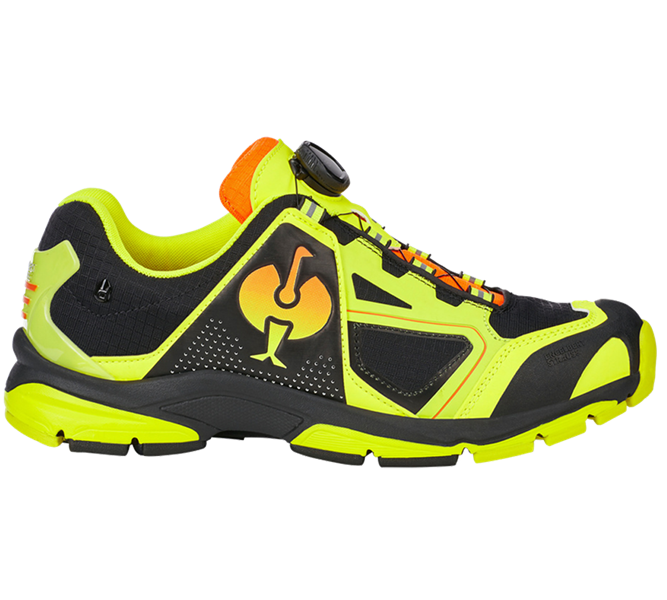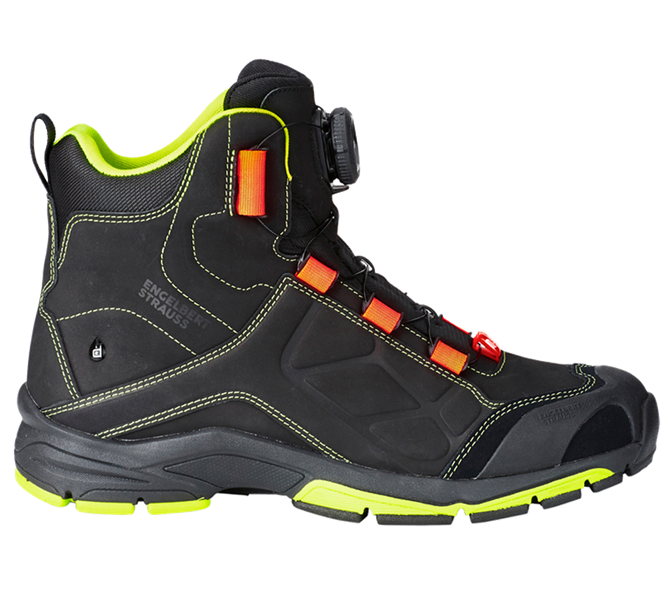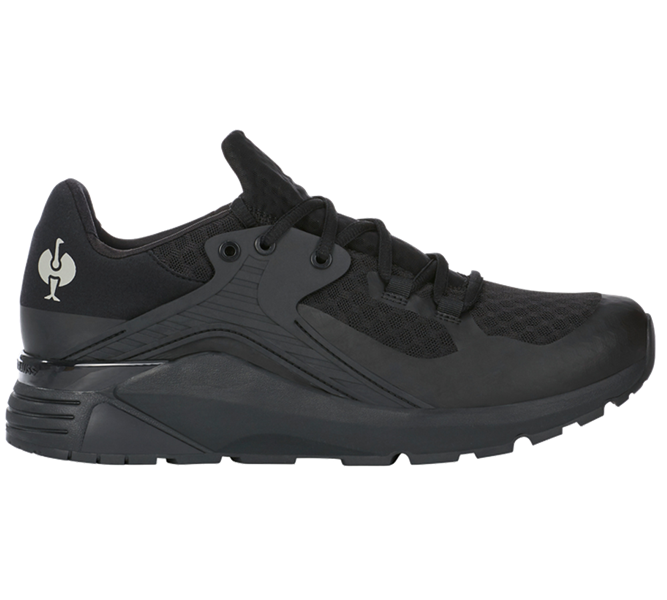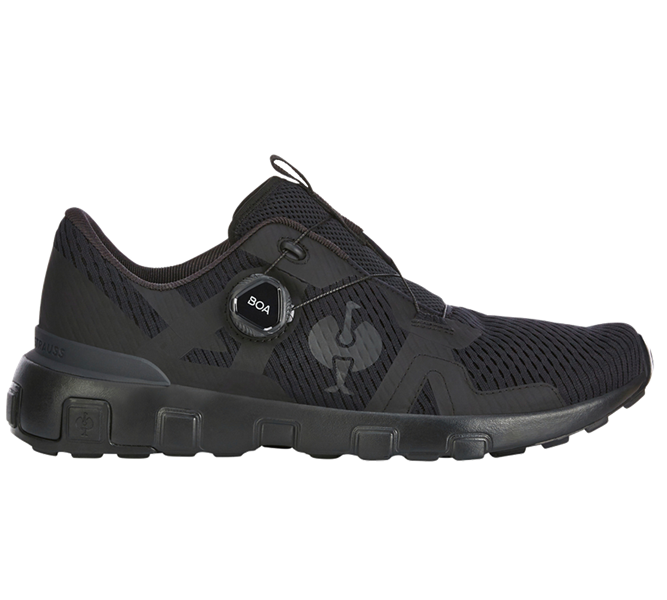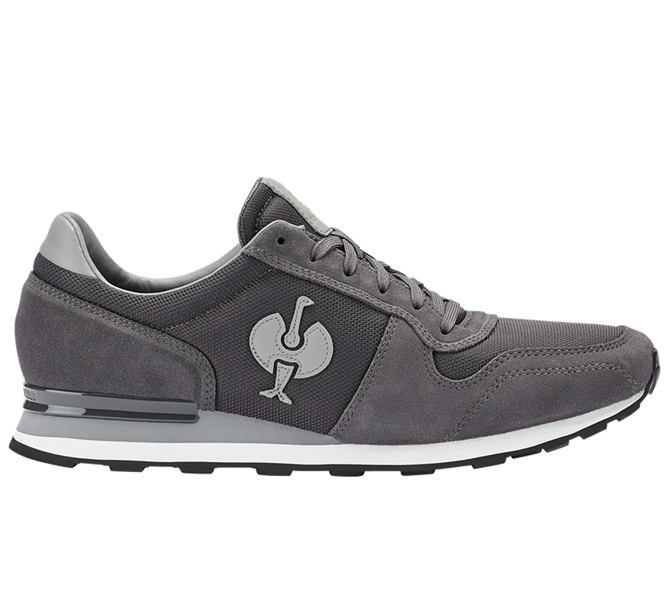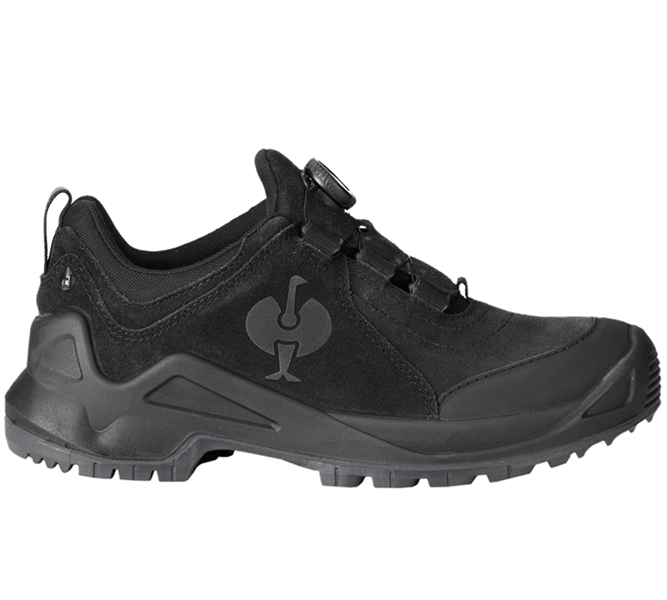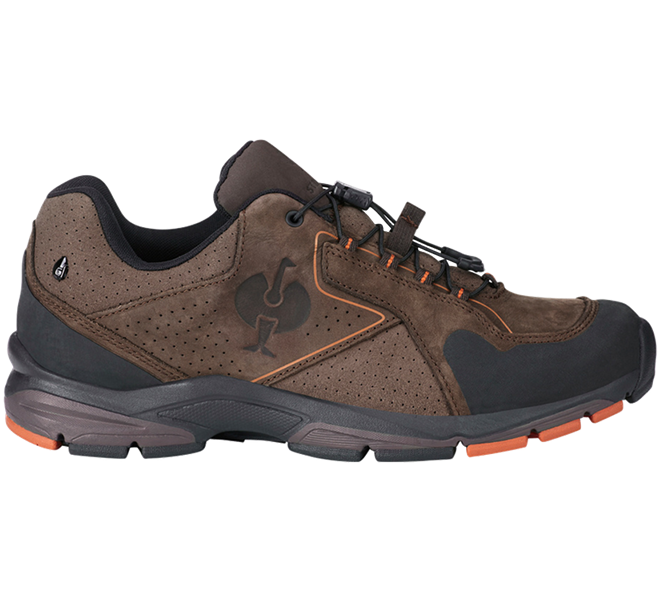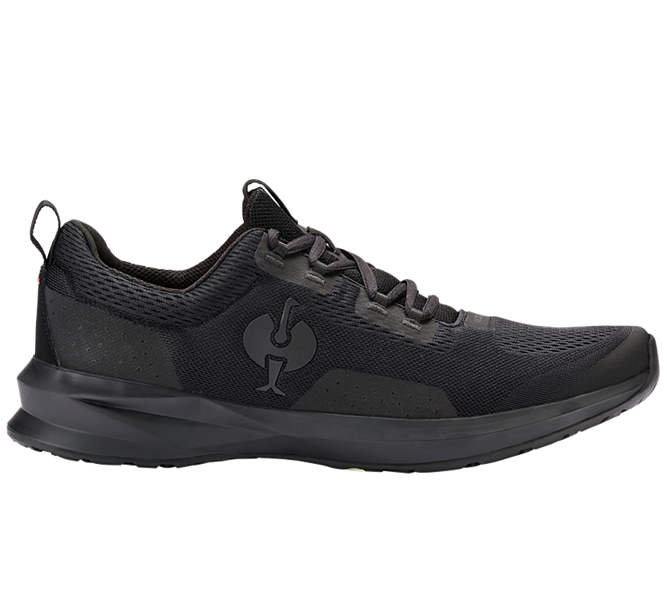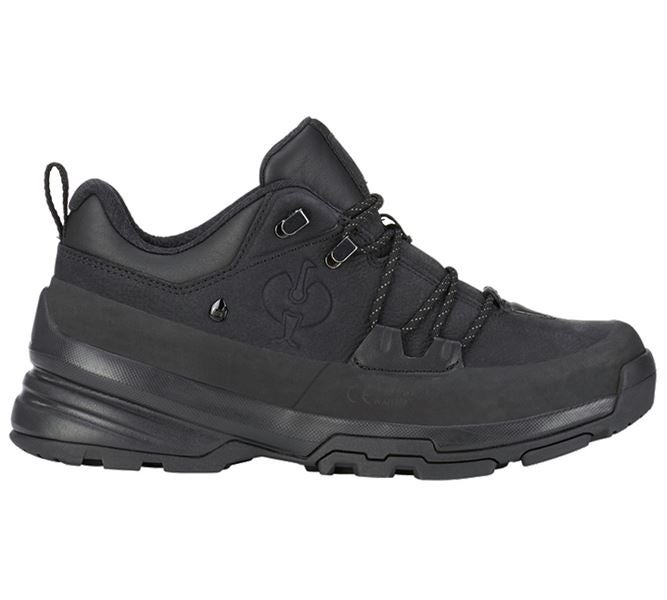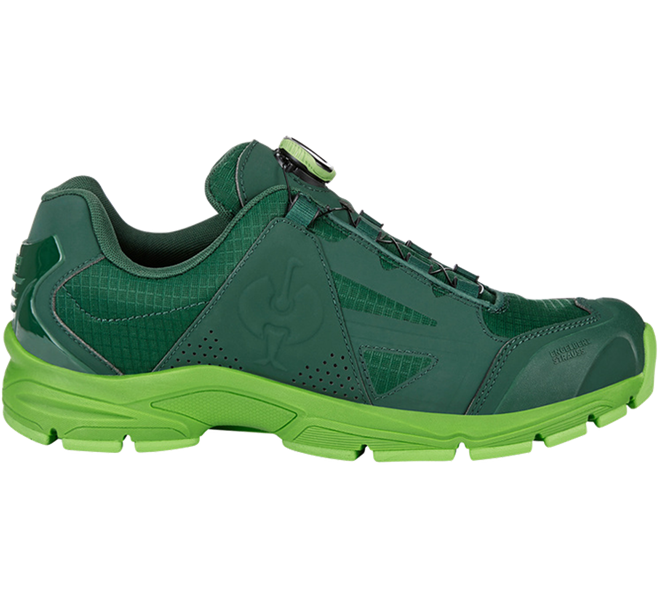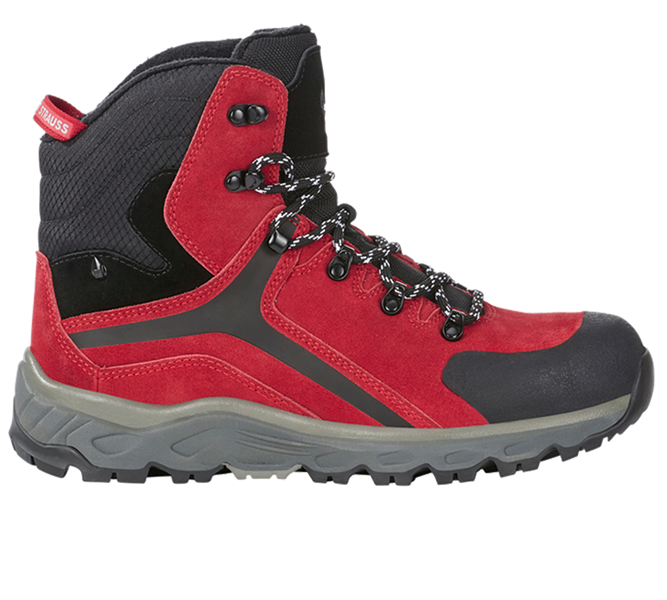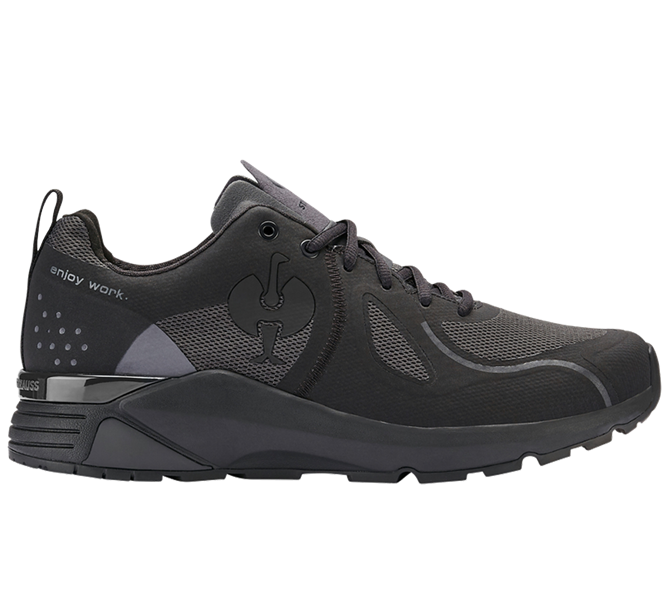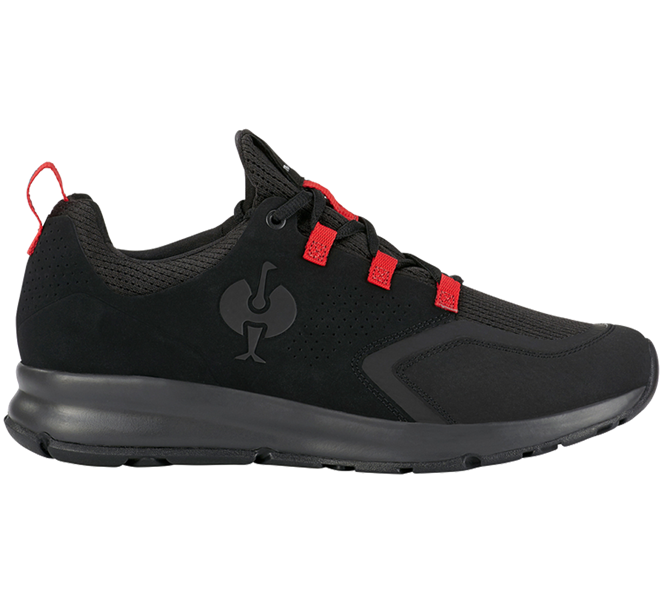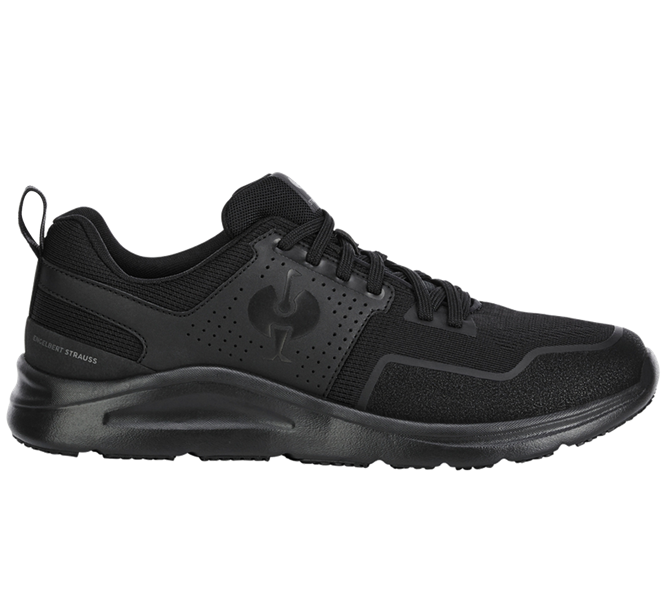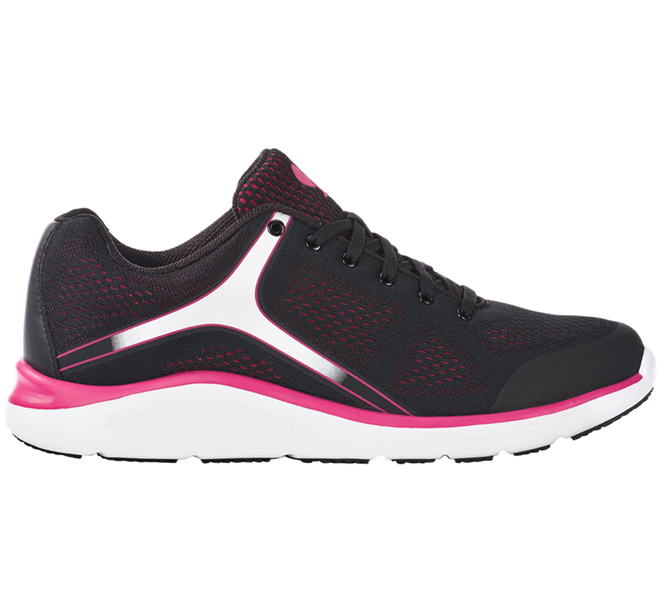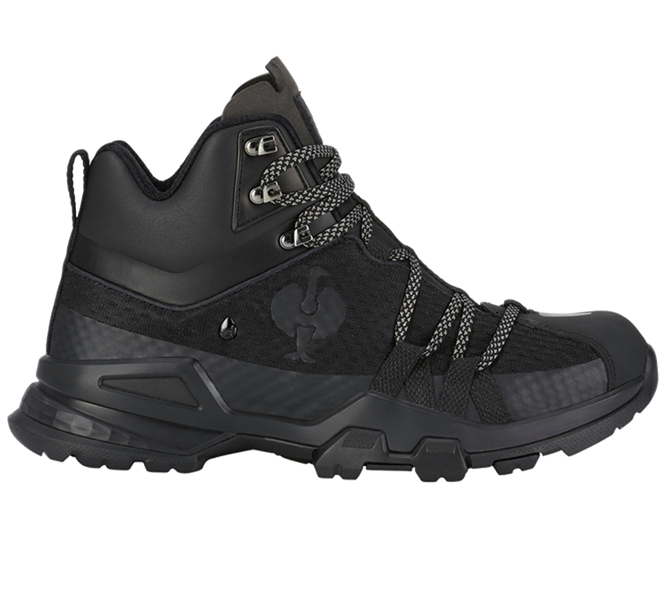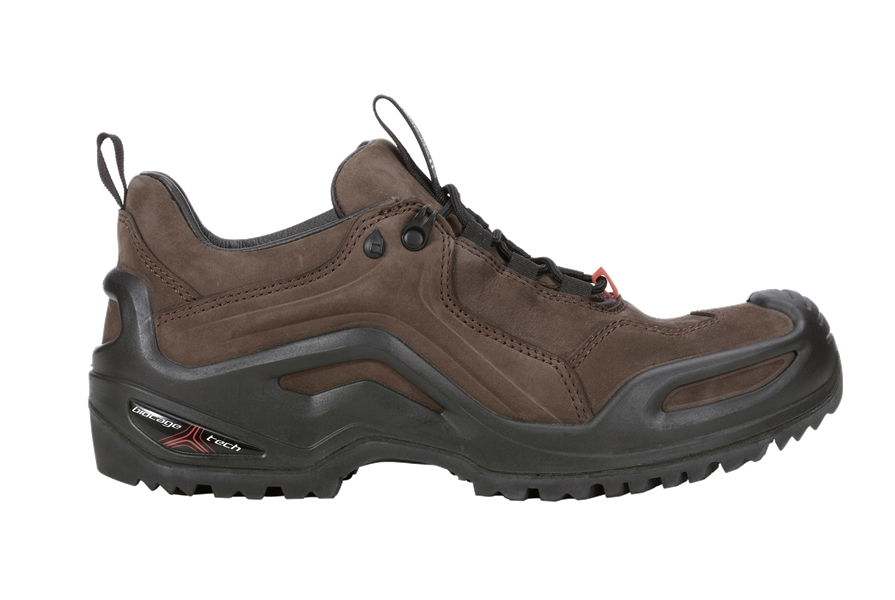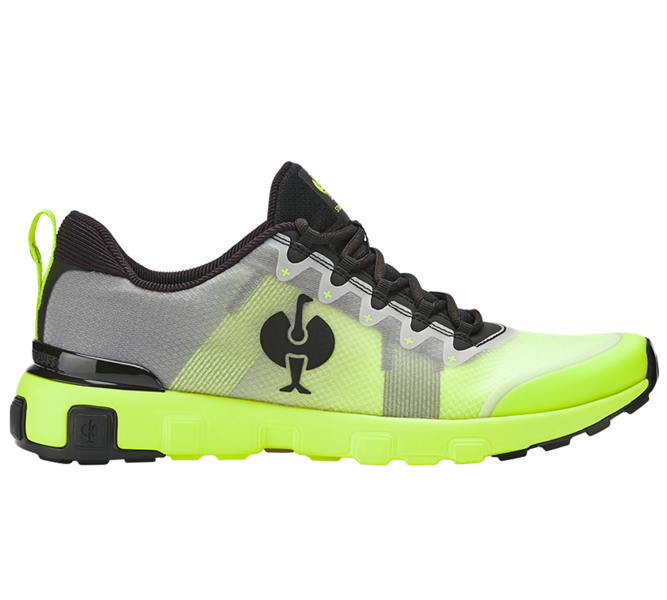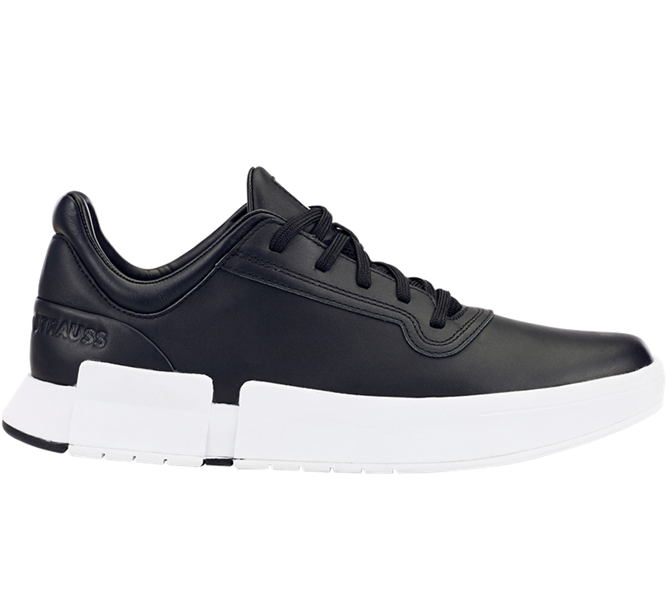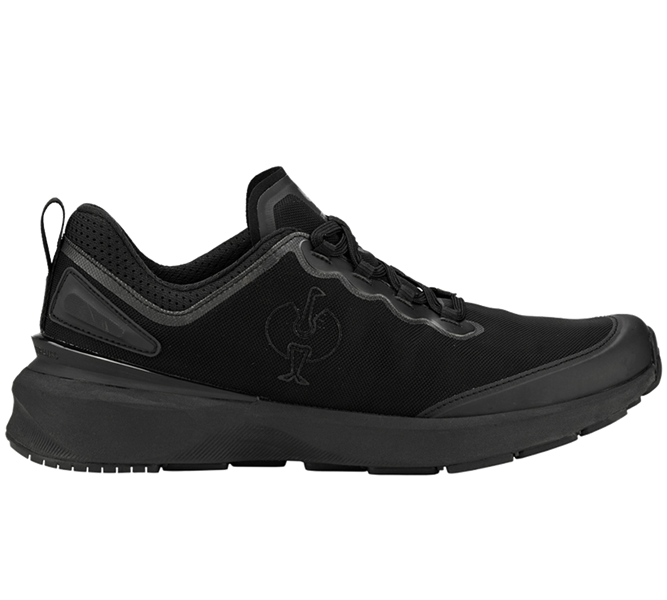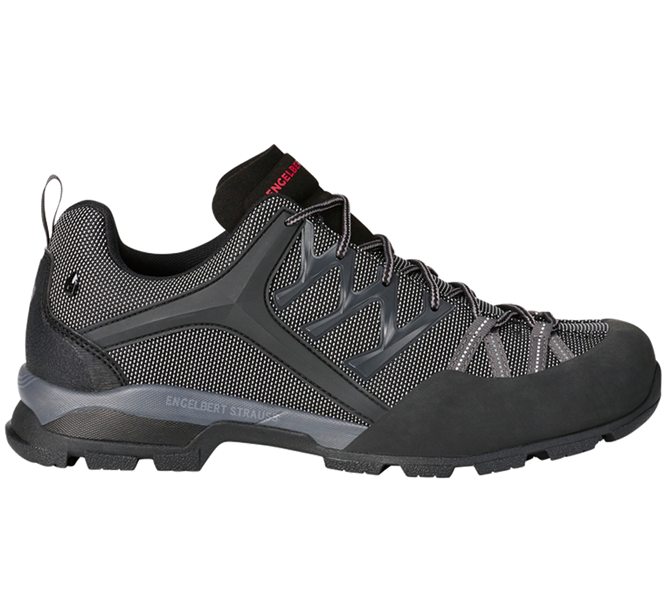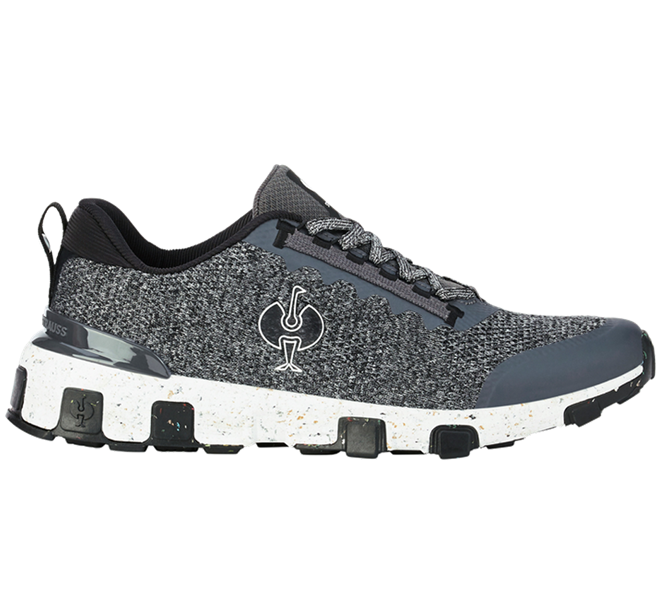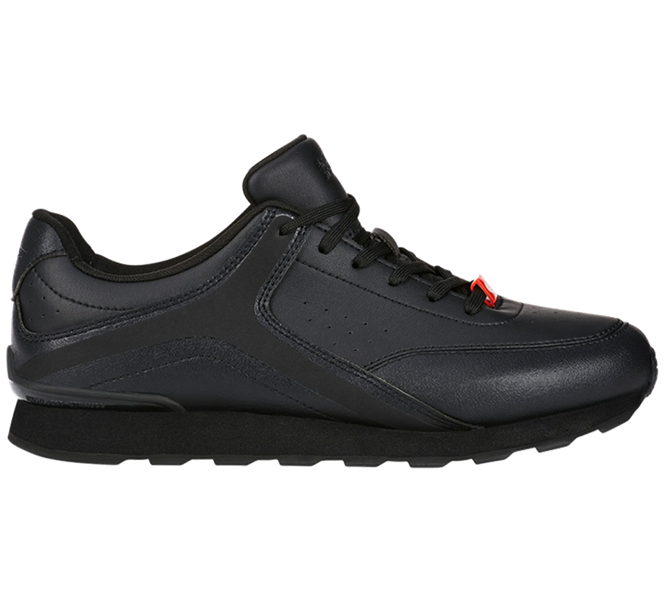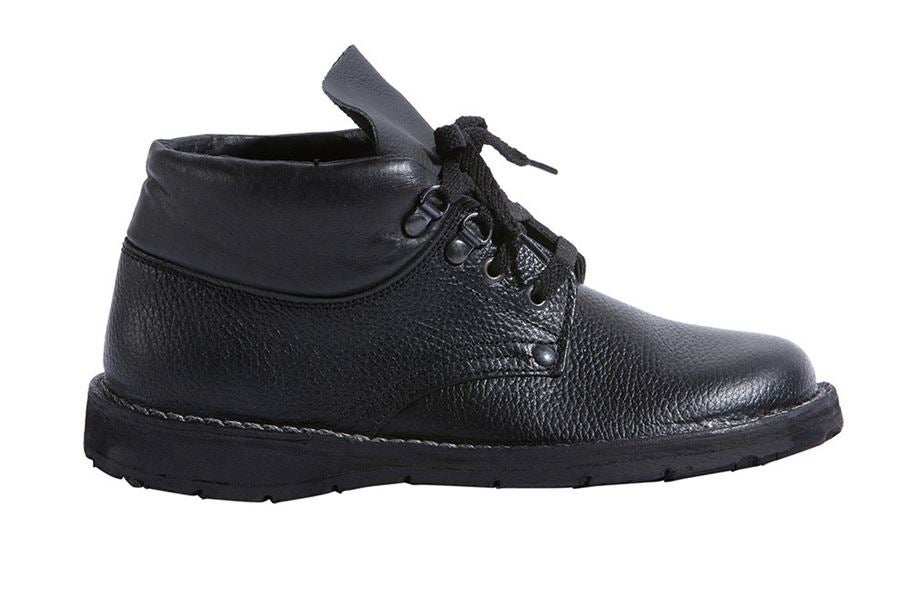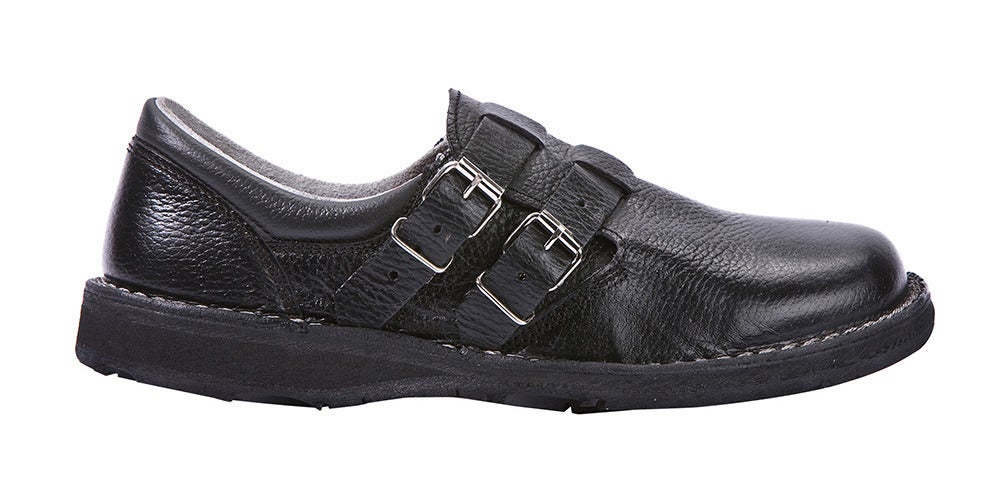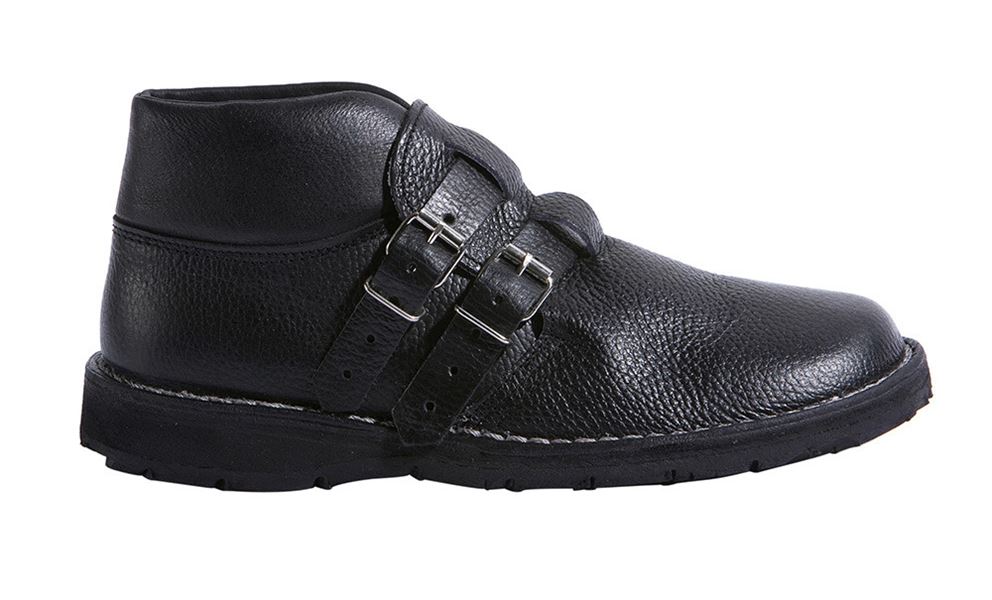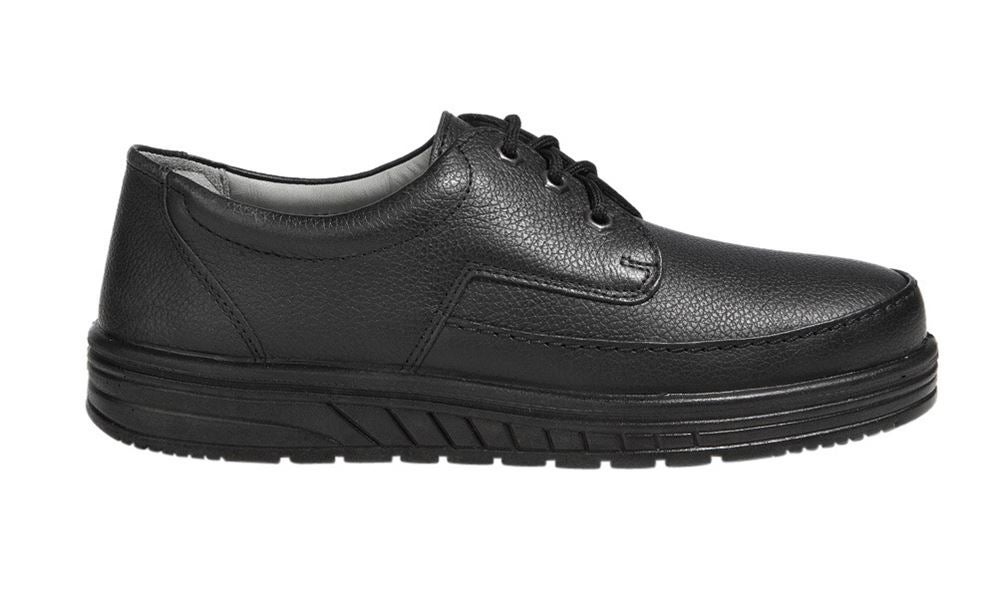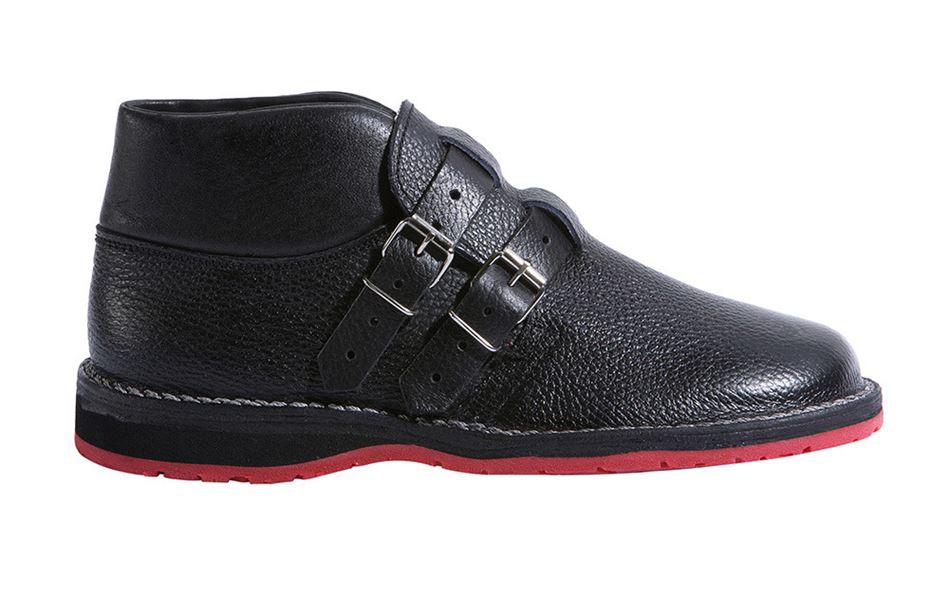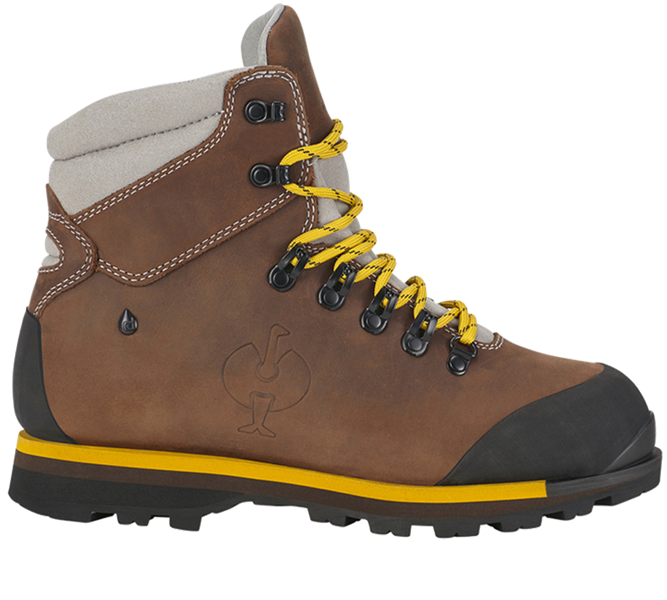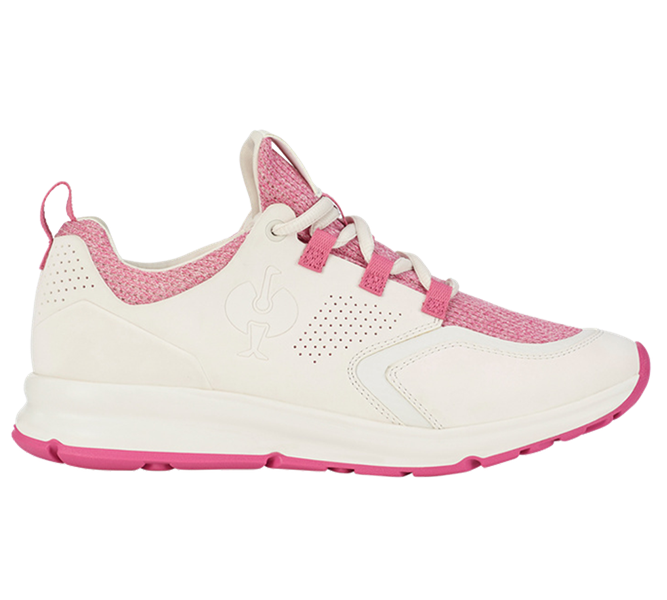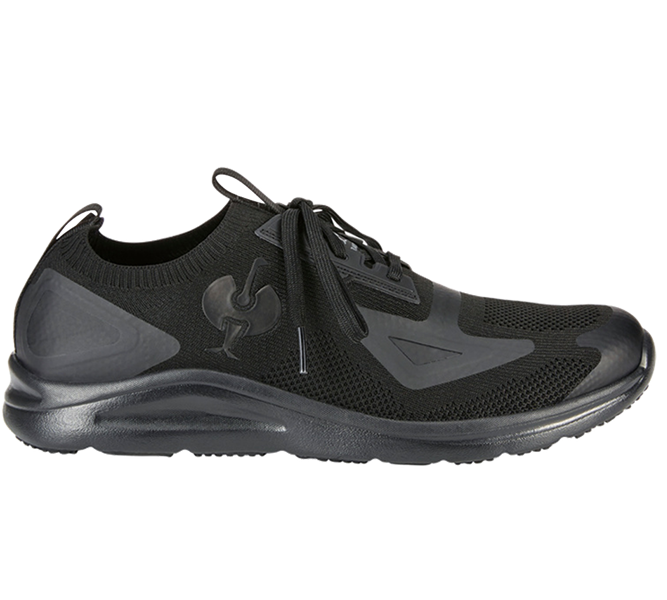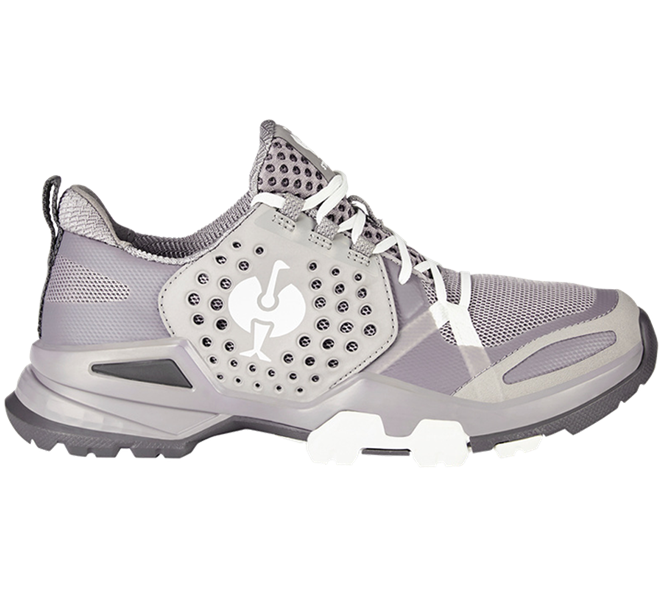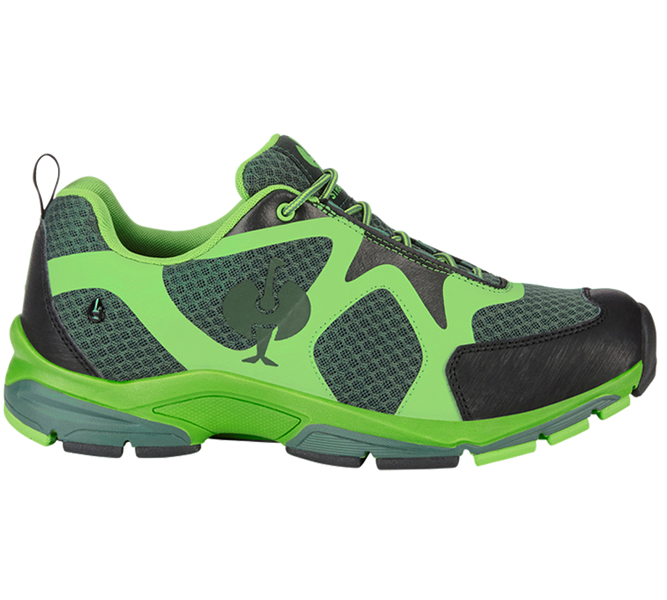EN ISO 20347
According to EN ISO 20347 work shoes are always equipped with a non-slip sole. In contrast to
safety shoes, work shoes do not require toe caps. The focus is on optimum absorption and stability – this makes work shoes the ideal choice in areas where there are no mechanical risks. There are five levels to choose from within the work shoes division:
OB |
O1 |
O2 |
O4 |
O6
According to EN ISO 20347 work shoes are always equipped with a non-slip sole. In contrast to
safety shoes, work shoes do not require toe caps. The focus is on optimum absorption and stability – this makes work shoes the ideal choice in areas where there are no mechanical risks. There are five levels to choose from within the work shoes division:
OB |
O1 |
O2 |
O4 |
O6
According to EN ISO 20347 work shoes are always equipped with a non-slip sole. In contrast to
safety shoes, work shoes do not require toe caps. The focus is on optimum absorption and stability – this makes work shoes the ideal choice in areas where there are no mechanical risks. There are five levels to choose from within the work shoes division:
OB |
O1 |
O2 |
O4 |
O6
According to EN ISO 20347 work shoes are always equipped with a non-slip sole. In contrast to
safety shoes, work shoes do not require toe caps. The focus is on optimum absorption and stability – this makes work shoes the ideal choice in areas where there are no mechanical risks. There are five levels to choose from within the work shoes division:
OB |
O1 |
O2 |
O4 |
O6
According to EN ISO 20347 work shoes are always equipped with a non-slip sole. In contrast to
safety shoes, work shoes do not require toe caps. The focus is on optimum absorption and stability – this makes work shoes the ideal choice in areas where there are no mechanical risks. There are five levels to choose from within the work shoes division:
OB |
O1 |
O2 |
O4 |
O6
